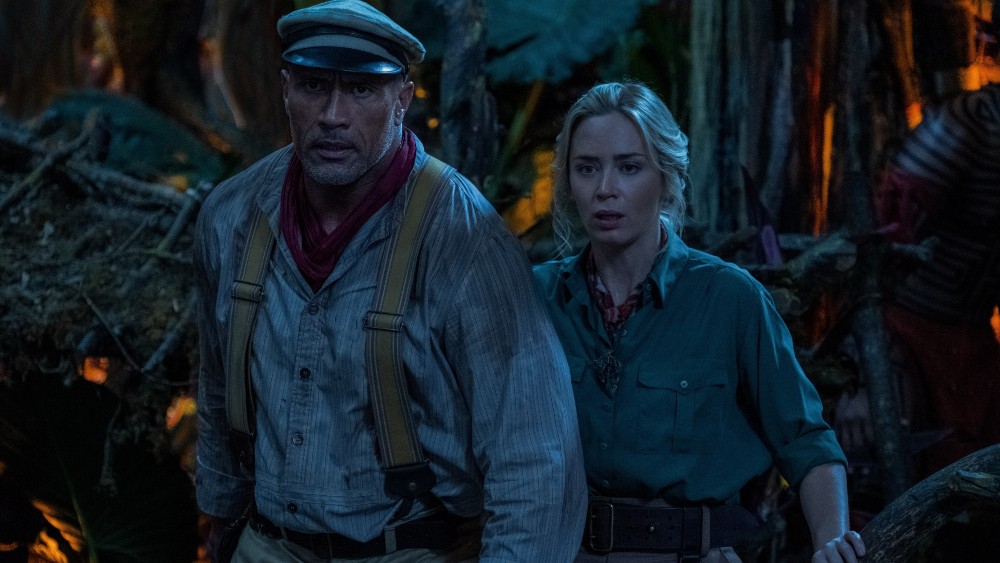
Years in the making, Disney’s Jungle Cruise opened in theaters and on Disney + on July 30 after a long delay due to COVID-19. Based on the popular Disneyland theme-park ride, the movie stars Dwayne Johnson as the pilot of an Amazon steamboat and Emily Blunt as an explorer searching for the legendary “Tears of the Moon” tree.
Directed by Jaume Collet-Serra (The Shallows), the movie is filled with elaborate chases and action sequences filmed in Hawaii and Atlanta. Flavio Labiano, Collet-Serra’s collaborator on The Shallows, served as Director of Photography. Earlier in his career, Labiano worked frequently with director Álex de la Iglesia, notably on the cult horror-comedy The Day of the Beast. Since then, he shot the Liam Neeson vehicles Unknown and Non-Stop (both directed by Collet-Serra) and the Sean Penn hit-man thriller The Gunman. He is currently working on an action film in Berlin.
Labiano spoke with Below the Line by telephone.
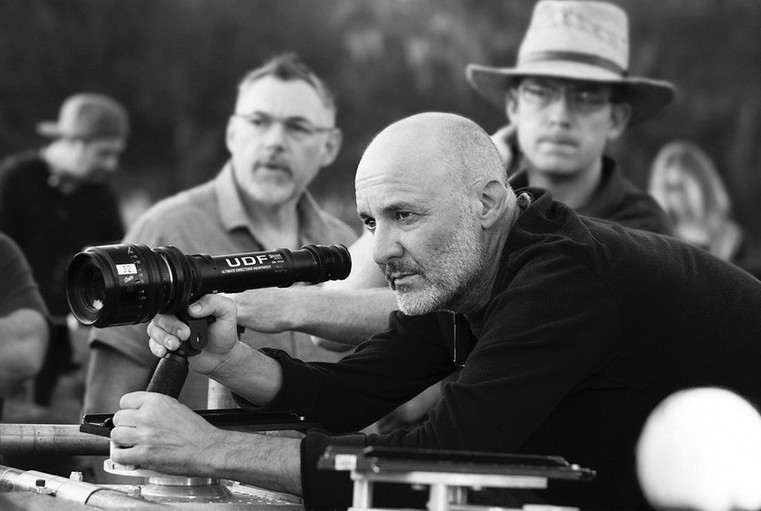
Below the Line: When did you start Jungle Cruise?
Flavio Labiano: It was a long time ago, the fall of 2017. We prepped for Hawaii before Christmas and started shooting in 2018. We wrapped at the end of the summer, 95 days of shooting, then there was a year for post-production. The whole pandemic thing postponed the release for another year. So, it’s been almost four years.
Below the Line: Was that delay frustrating for you?
Labiano: People ask me questions about shooting it, and I’ve forgotten because it’s been so long. I’m just glad that it got a theatrical release. I never thought it would open on screens. The scope and size of it, you want to see it on a big screen. I know Disney really pushed for a global opening.
Below the Line: Did Disney prepare an IMAX version?
Labiano: I’m not sure. There is a 3D version which I did the timing for. I don’t know all the details, as late as June I didn’t even know it was getting a summer release date.
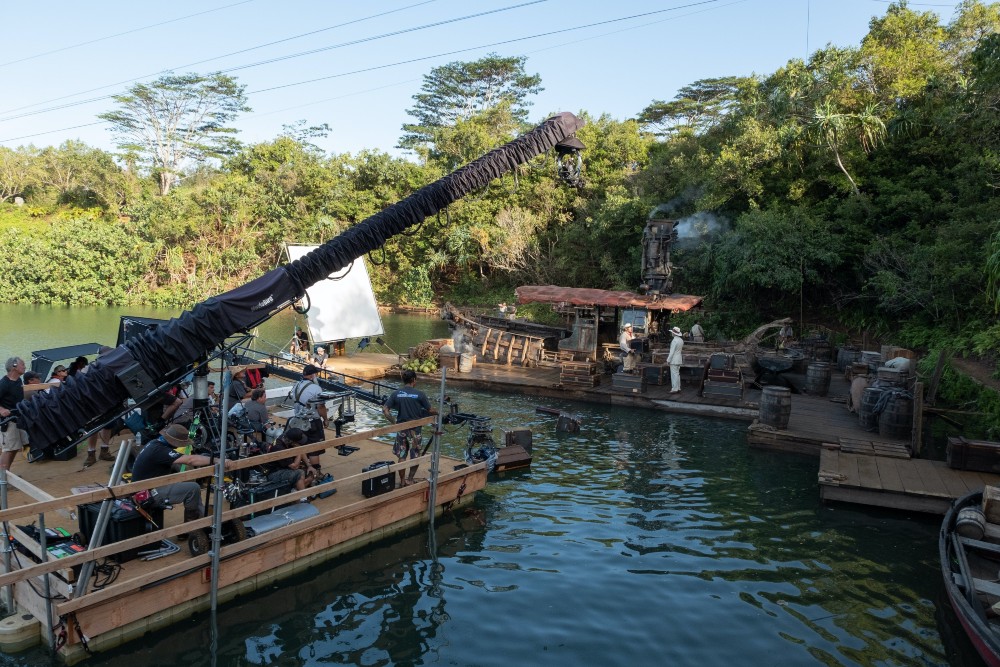
Below the Line: What was your camera package?
Labiano: We used Arri Alexas. We wanted an anamorphic look, so we went with Panavision C-Series lenses. We worked with Dan Sasaki, who basically rehoused the lenses and adjusted the coatings to get the look we wanted.
We were going for a sort of warm, nostalgic look that you get with old glass. We wanted to remind viewers of the classic adventure movies of the past. The idea was that we wanted you to believe you were in the Amazon, where it’s 40 degrees Celsius in the shade. Even though pretty much 60 to 70 percent of the movie was shot with bluescreen in a tank in Atlanta.
Below the Line: What did you shoot in Hawaii?
Labiano: We did the first act there. We built this beautiful set for the river town of Porto Velho. Once we had that real estate, we thought, okay, let’s think big. We had a cantina, the hotel, the pier, so we were not afraid to construct a chase around the whole town. It was all about the planning, the pre-production. The interior of the cantina, the scene where the jaguar shows up, that was the only interior shot on location. In the scene they are going to have lunch at a table, we can have the hotel be in the background. I mean, we actually designed a city for the movie. Something like that will never happen in my life again, you know what I mean?
Below the Line: Did you pre-viz those sequences?
Labiano: For some of the really expensive scenes, the ones with a lot of visual effects, we would pre-viz and use storyboards. The luxury of making a movie like this is you get a lot of time to prep, and all the tools you need. Jaume and I have worked together before. We had the discipline and the tools. What we did on this isn’t really that much different from how we worked on other movies. In this one, we had the freedom to work on a big scale.
Below the Line: You also have the luxury to blow up those enormous sets.
Labiano: Of course, the explosions are done in post, you’re not allowed to do anything like that in Hawaii. You have to go to South America to explode anything.
The whole idea of this movie was to recreate those old classic adventures, the romances in exotic locations. You know the genre, The African Queen, Romancing the Stone. A very special movie I’ve always loved is The Wind and the Lion. Movies I saw when I was growing up, in theaters full of people. I saw them in anamorphic. One film I was thinking of in terms of scale was The Man Who Would Be King by John Huston. David Lean may have been the best for making an intimate romance in the middle of something like the Russian Revolution.
Below the Line: Let’s talk about how you make the film intimate. Critics have remarked about the chemistry between Dwayne Johnson and Emily Blunt. How can your camera contribute to that?
Labiano: I didn’t direct the movie. I just shot it, so I don’t have anything to do with the emotional parts. That’s Jaume. My effort was to always be trying to photograph them in a way, so the audience falls in love with them. Even in the worst situations, covered in mud, whatever. Just celebrate their being.
Maybe it comes from all the movies I’ve seen in the past, the whole nostalgia thing, your subconscious after seeing so many movies. You want to make one like those.
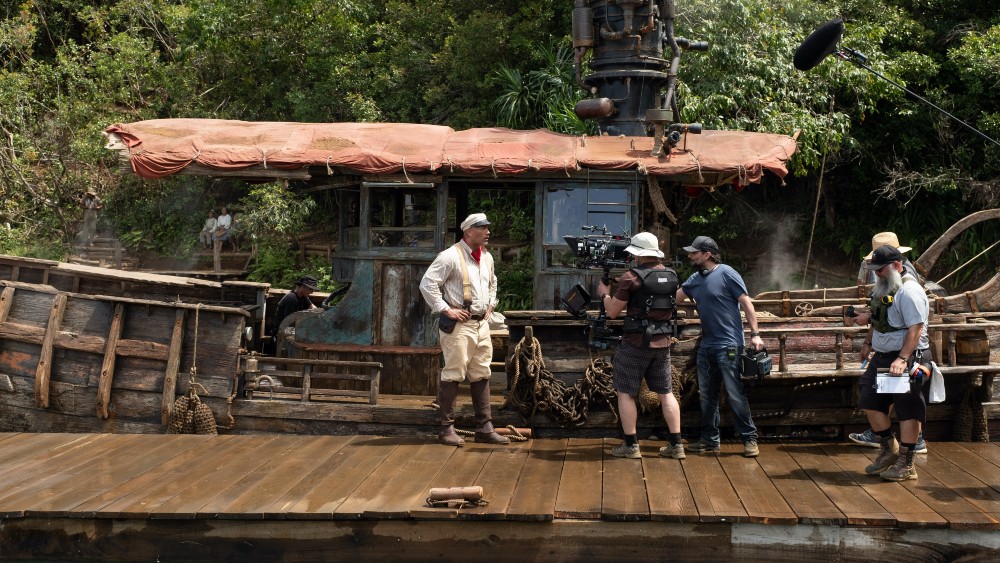
Below the Line: You’re not directing, but in the scene between Johnson and Jack Whitehall, who plays Blunt’s brother, your lighting and framing contribute so much to that moment.
Labiano: That scene was so intimate. I just didn’t want the camera to be there, not even an operator. We started very simply, hardly any camera movement. Just trying to catch a moment of reality with the framing and choreography. The less editorial you bring to the scene, the better it is. You don’t want to feel the cinematography, or the camera. You just want to be a spectator. That was my premise.
It’s funny, people have asked me about the scene. I think it comes from making low-budget Spanish movies. You just do it as simply as you can do it. To help the characters, there was nothing cinematic about it. Just shoot it as naturally as you can, without the idea that people are watching a movie.
The other thing is, that was also shot in Atlanta. We built a little jungle on a corner of the tank, maybe the size of an apartment. We shot the scene right there, in the tank. They put the backgrounds, the boat, everything else, in post.
Below the Line: Was it difficult adjusting to the size of this production, with so many visual effects to consider?
Labiano: I don’t know if you saw the movie The Shallows, which I did with Jaume. We were only on location for ten days for that movie. We shot 85 percent of The Shallows in a tank. That turned out to be a big help with this. The whole point is planning, making sure you’re matching the sunlight for morning, afternoon, magic hour, whatever.
Atlanta is really hot in the summer, and the light in Georgia is very toppy. It was very hard to control. But we had the budget where we could actually do our own sun, make it cloudy or darker if we needed. What was difficult to photograph was the sweat. That’s where wardrobe helped a lot.
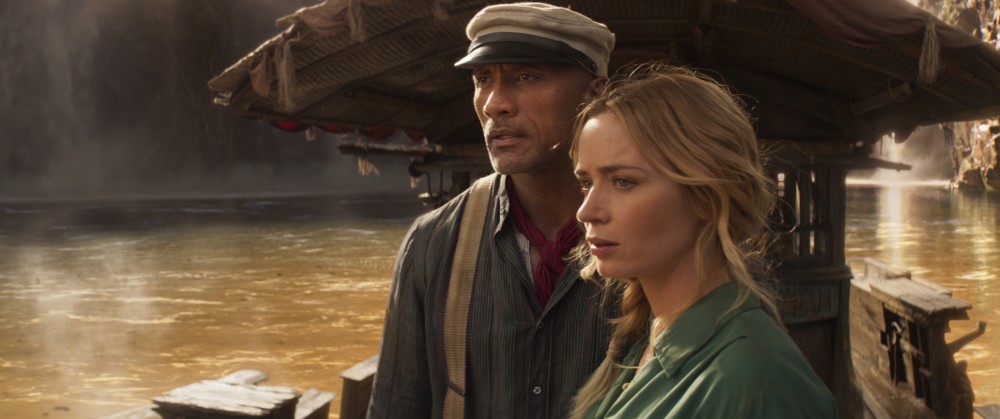
Below the Line: The movie opens in London, which I guess was shot in Atlanta as well?
Labiano: In movies, London, period London, is usually a cold, foggy, blue kind of industrial city. We decided to make a warm London. It’s a beautiful town in summer. Okay, let’s try for a nostalgic Kodachrome look.
We did a lot of tests for colors. For the jungle scenes, we decided on that warm, warm look of the tropics. The characters are surrounded by green. I went to a kind of yellow, an old-world yellow, almost orange. When we did our tests, the yellow against the green contrasted very well. It helped to separate the characters from the background.
The colors were designed several months before we started shooting. That palette of colors, it’s not easy. And it’s not cheap. Normally, you work in a negative way, like which color you don’t want to use, but I tried like in my other movies to tell the story with color.
We took a lot of risks. For the color of the flower in the “Tears of the Moon” tree, we decided on magenta, which is a color that nobody likes. I thought of it as something organic, like the color inside our bodies.
We had whole scenes where the key light was magenta. Not all of them are still in the film, but I was thinking, my God, it’s so easy to go wrong.
Below the Line: Magenta is not a very forgiving color.
Labiano: Colors are like food, you know? They’re like different flavors, which some people hate, and some people love. For some people, blue is a depressing, sad color. Some people love blue. We just went with what I thought would work. I’m not so sure it works or not.
Below the Line: Tell us how you approached Dwayne Johnson’s character. This is a different kind of role for him.
Labiano: I was one of the ones who thought he should wear a hat with his wardrobe. I was trying to light him like an old film noir movie. Inspired by Bogart. In a lot of the interiors, one of his eyes is lit, one isn’t, he’s got that hat always in the right place, like a 1930s Hollywood movie. I tried to give him a new look.
Jungle Cruise is now playing in theaters and on Disney+ Premier Access. You can also read Below the Line’s interview with Underwater Cinematographer Ian Seabrook here.
All photos courtesy Disney Enterprises, Inc.





